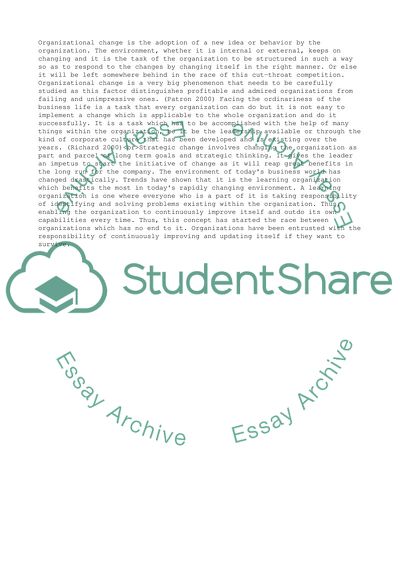Cite this document
(Managing, Organizing and Leadership Assignment Example | Topics and Well Written Essays - 4750 words, n.d.)
Managing, Organizing and Leadership Assignment Example | Topics and Well Written Essays - 4750 words. Retrieved from https://studentshare.org/management/1722281-managing-and-organizing
Managing, Organizing and Leadership Assignment Example | Topics and Well Written Essays - 4750 words. Retrieved from https://studentshare.org/management/1722281-managing-and-organizing
(Managing, Organizing and Leadership Assignment Example | Topics and Well Written Essays - 4750 Words)
Managing, Organizing and Leadership Assignment Example | Topics and Well Written Essays - 4750 Words. https://studentshare.org/management/1722281-managing-and-organizing.
Managing, Organizing and Leadership Assignment Example | Topics and Well Written Essays - 4750 Words. https://studentshare.org/management/1722281-managing-and-organizing.
“Managing, Organizing and Leadership Assignment Example | Topics and Well Written Essays - 4750 Words”, n.d. https://studentshare.org/management/1722281-managing-and-organizing.


